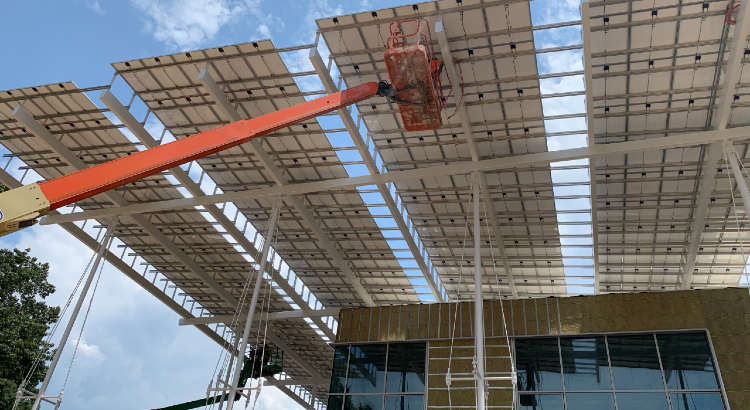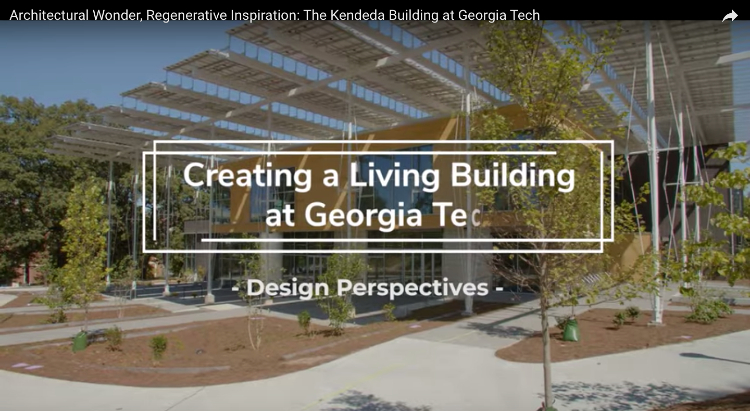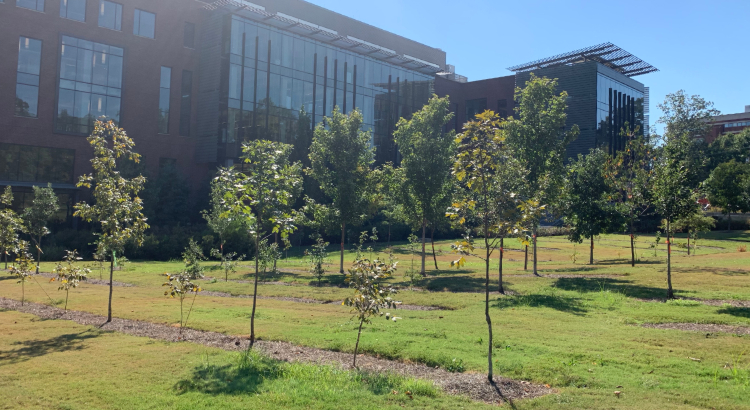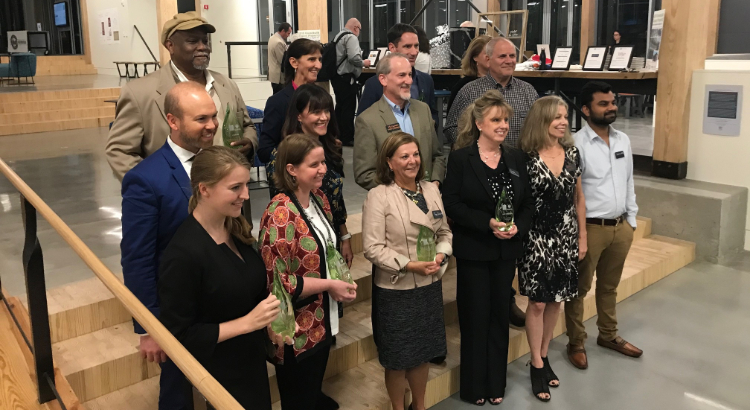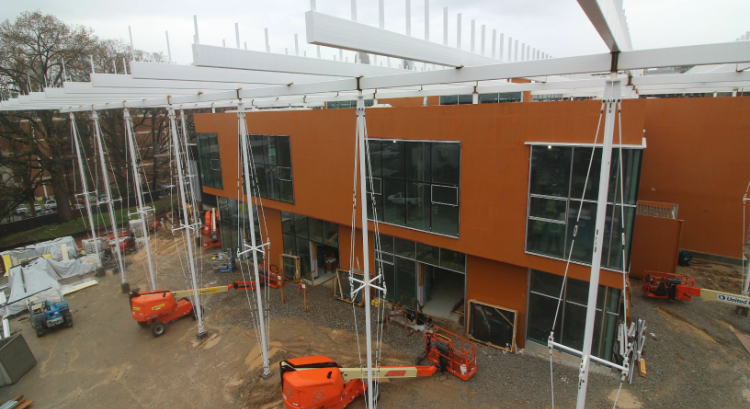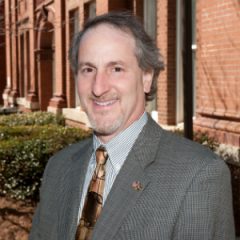
Role: Oversees Living Building at Georgia Tech design process
Background: Received bachelors and masters in architecture at Georgia Tech. Spent 21 years at Lord Aeck Sargent, rising to principal, before returning to Tech as top architect/planner. Since he joined staff in 2006, the campus has undergone transformation marked by high-performance buildings and naturalized landscaping.
Does your experience with other high-performance buildings lay the groundwork for work on a Living Building? The Living Building is part of the natural evolution to my life-long commitment to the sustainable planning, design and construction of buildings that people will own and operate for many decades to come. It’s a wonderful opportunity to learn from previous experiences while at the same time being transparent in teaching others who can learn from our experiences.
How do you see architecture changing as a result of the push toward sustainability? The biggest change related to the LBC in the world of architecture may be the issues related to “red list'”materials, which require a much more deliberate level of investigation and research by the design professional to help transform the manufacturers and material suppliers.
What’s the most interesting thing about Living Building at Georgia Tech? One of the most interesting conversations we’ve had has to do with thermal comfort. Generally speaking, while students can easily adapt to the various seasons and micro-climates within a building by adjusting their wardrobes, faculty and staff are sometimes constrained by dressing more professionally, regardless of the weather. Who wears a jacket and tie in Atlanta, Georgia, when it’s 90 degrees and 80 percent humidity outside? I’m certain these same people don’t dress like that on the weekends!
What advice would you offer colleagues who might work on a deep-green building? Working on any type of building requires a holistic and integrated approach in order to improve one’s chances of success. This includes the integration of architecture, landscape, engineering, technology, ecology and fiscal stewardship. Working on a deep-green building such as the Living Building Challenge also requires a higher level of rigor, commitment and a shared sense of values.
How do you see design and construction changing over the next few years in the response to the push for sustainability? I think the use of ordinary materials in extraordinary ways will continue to drive innovative design solutions. Material manufacturers will continue to innovate and seek red-list-free materials in order to help create healthy working environments for their employees while also creating healthy working environments for the people who will benefit from the buildings that are constructed with these materials.
Website: Georgia Tech Office of Capital Planning and Space Management
